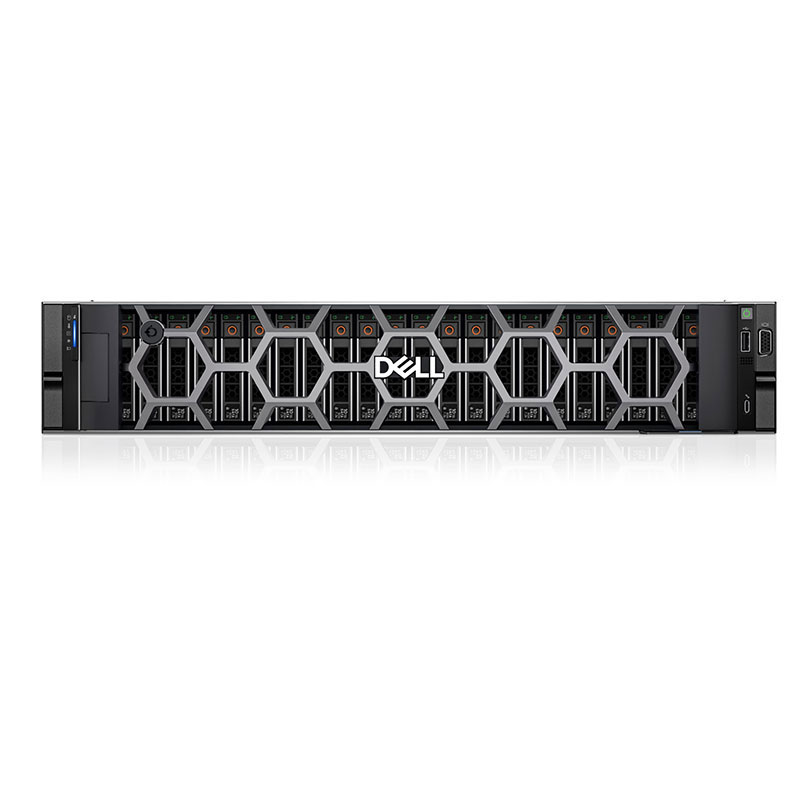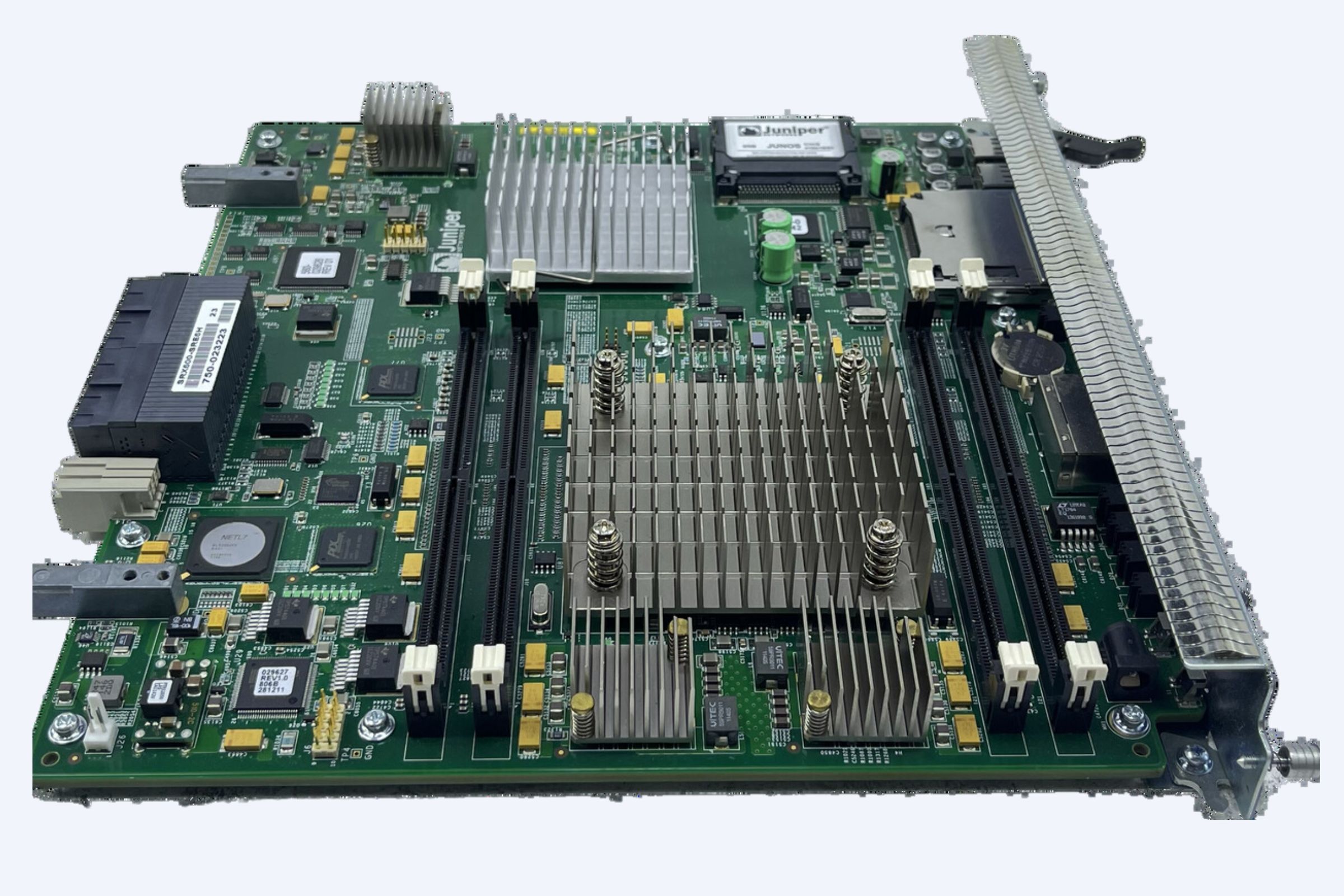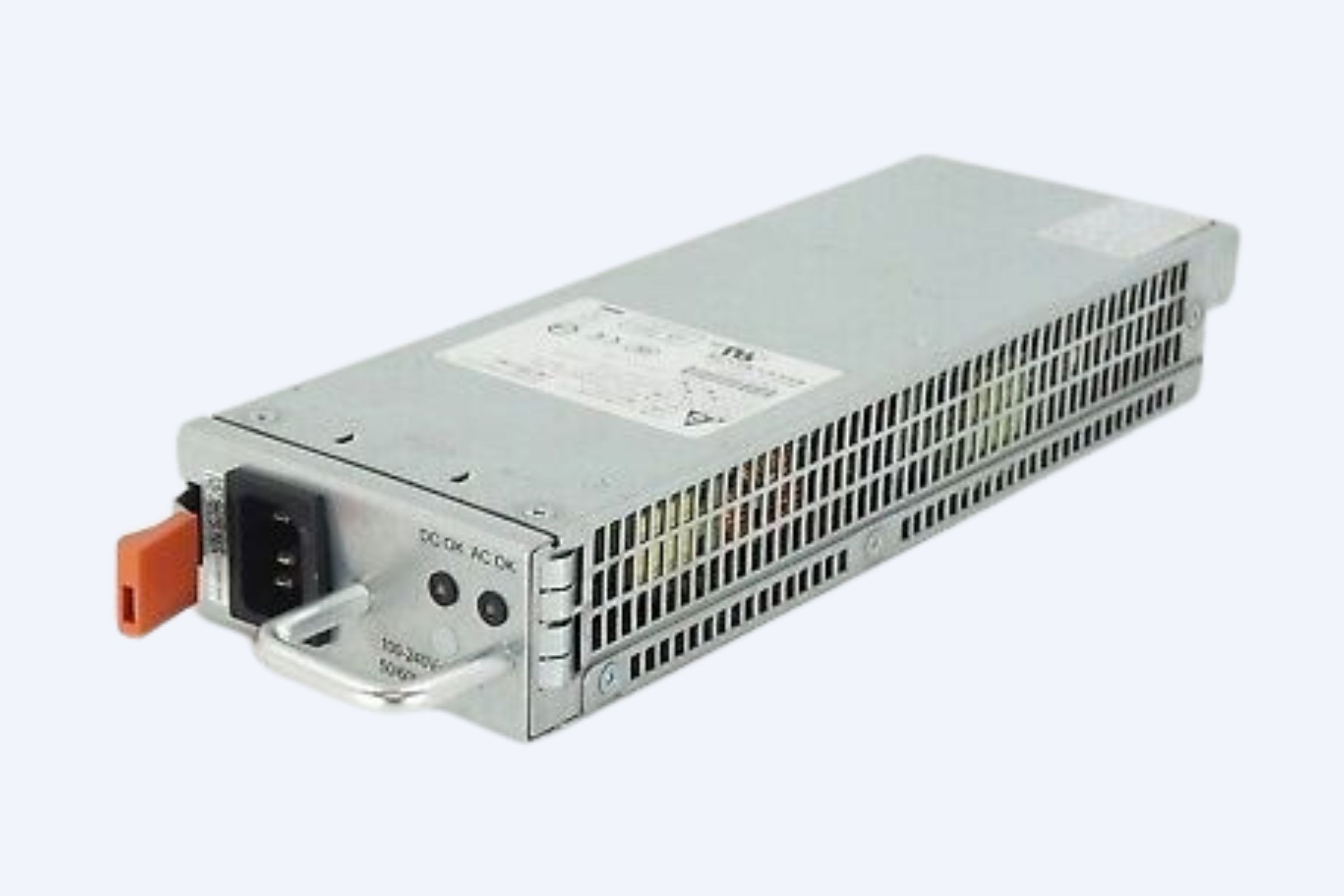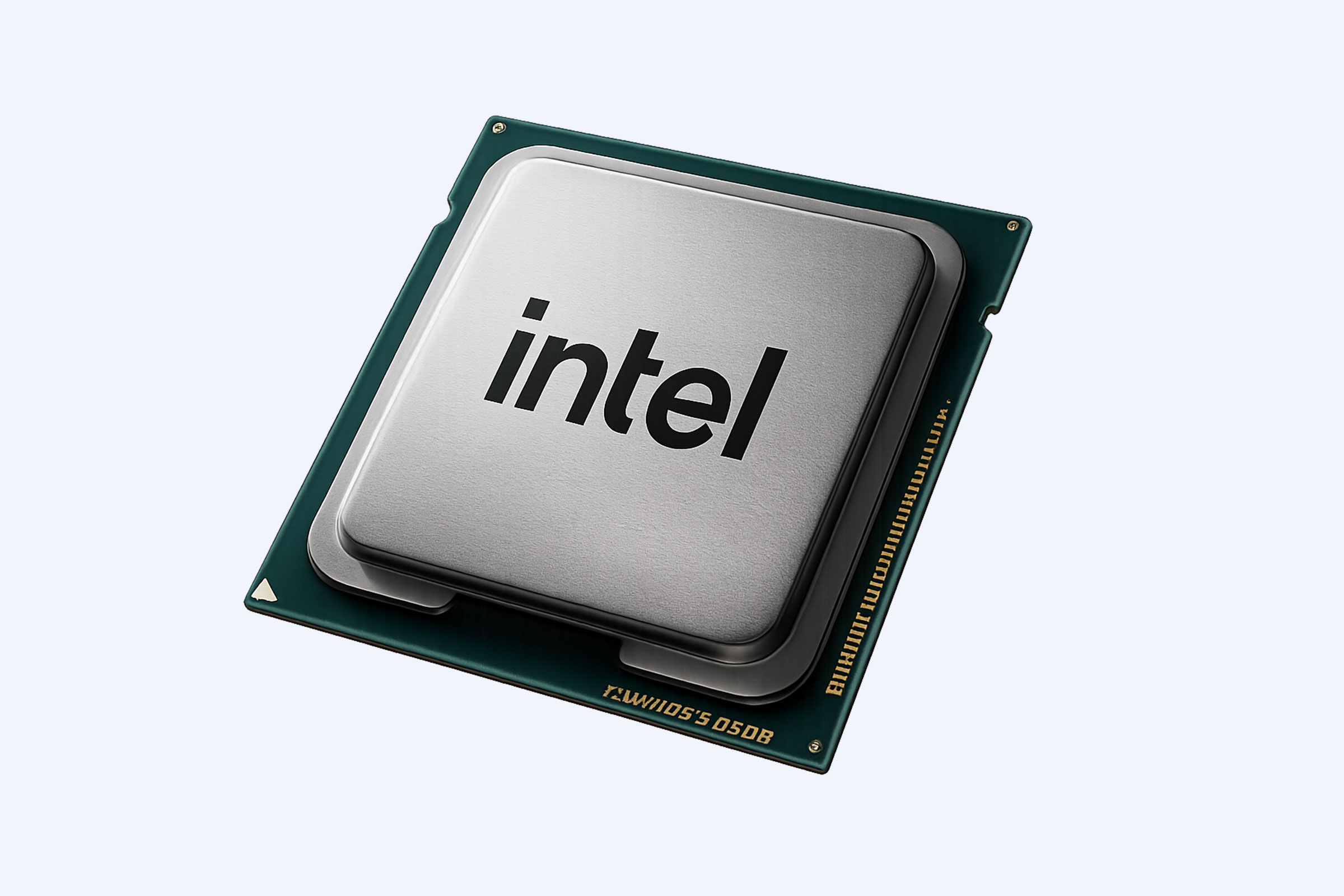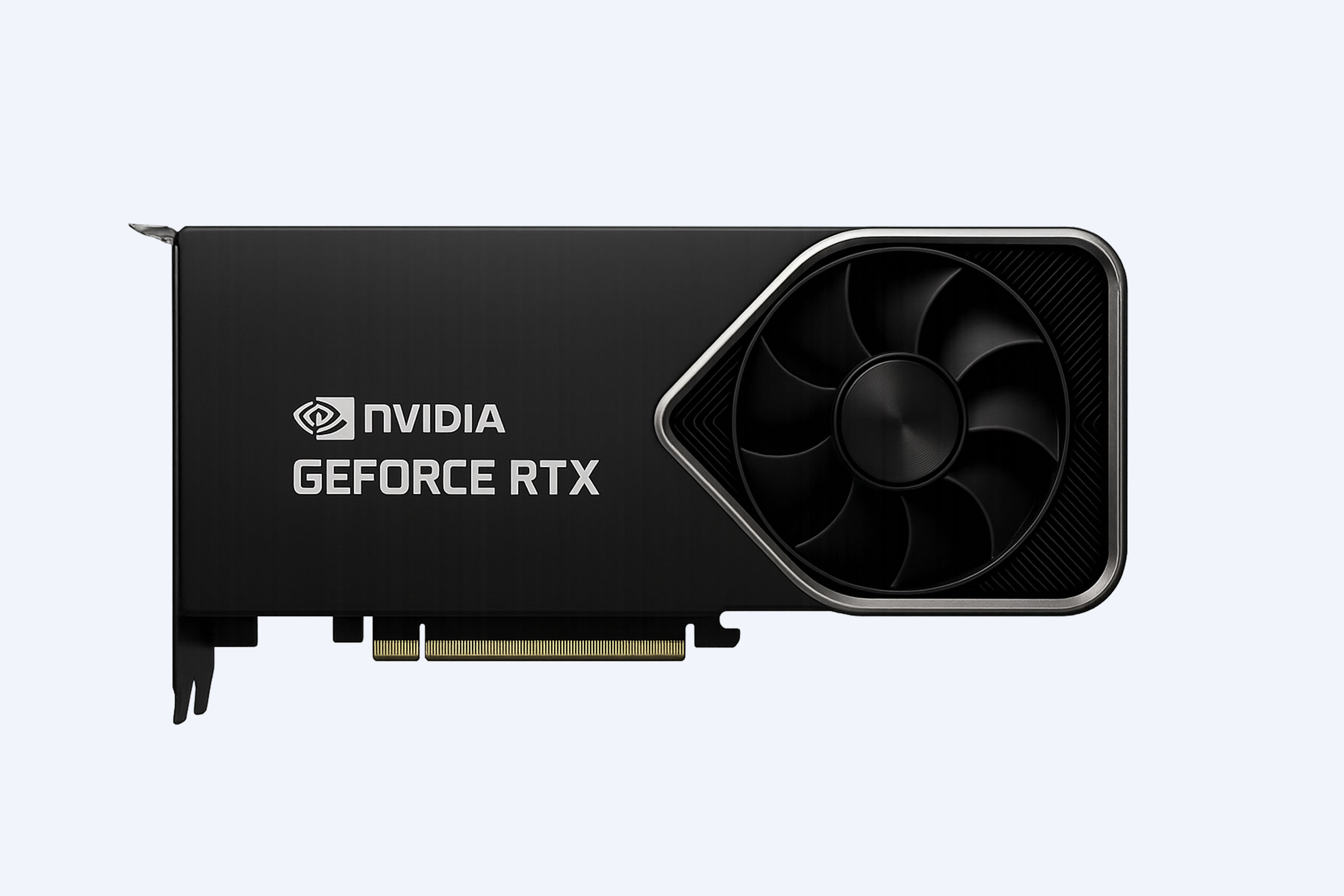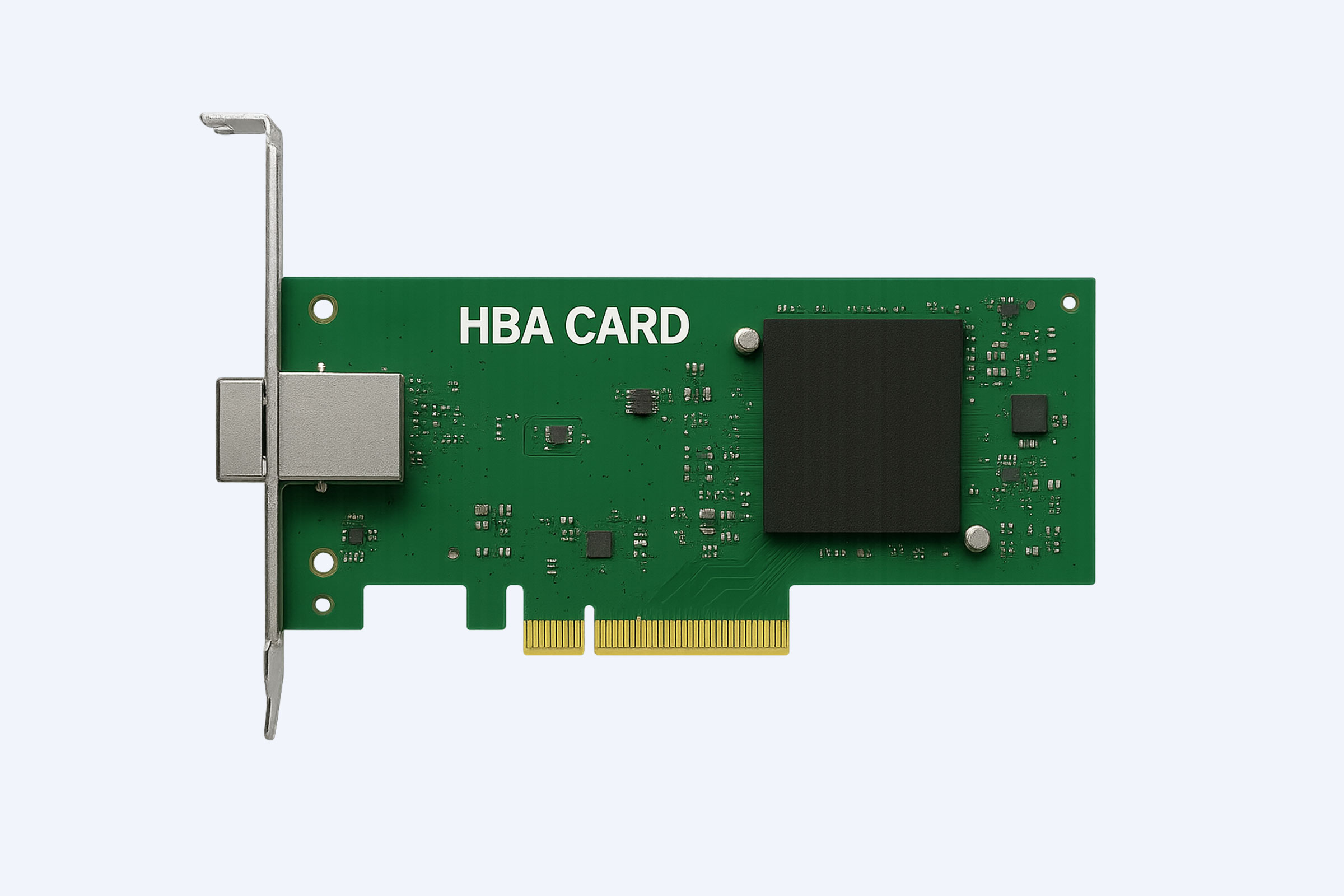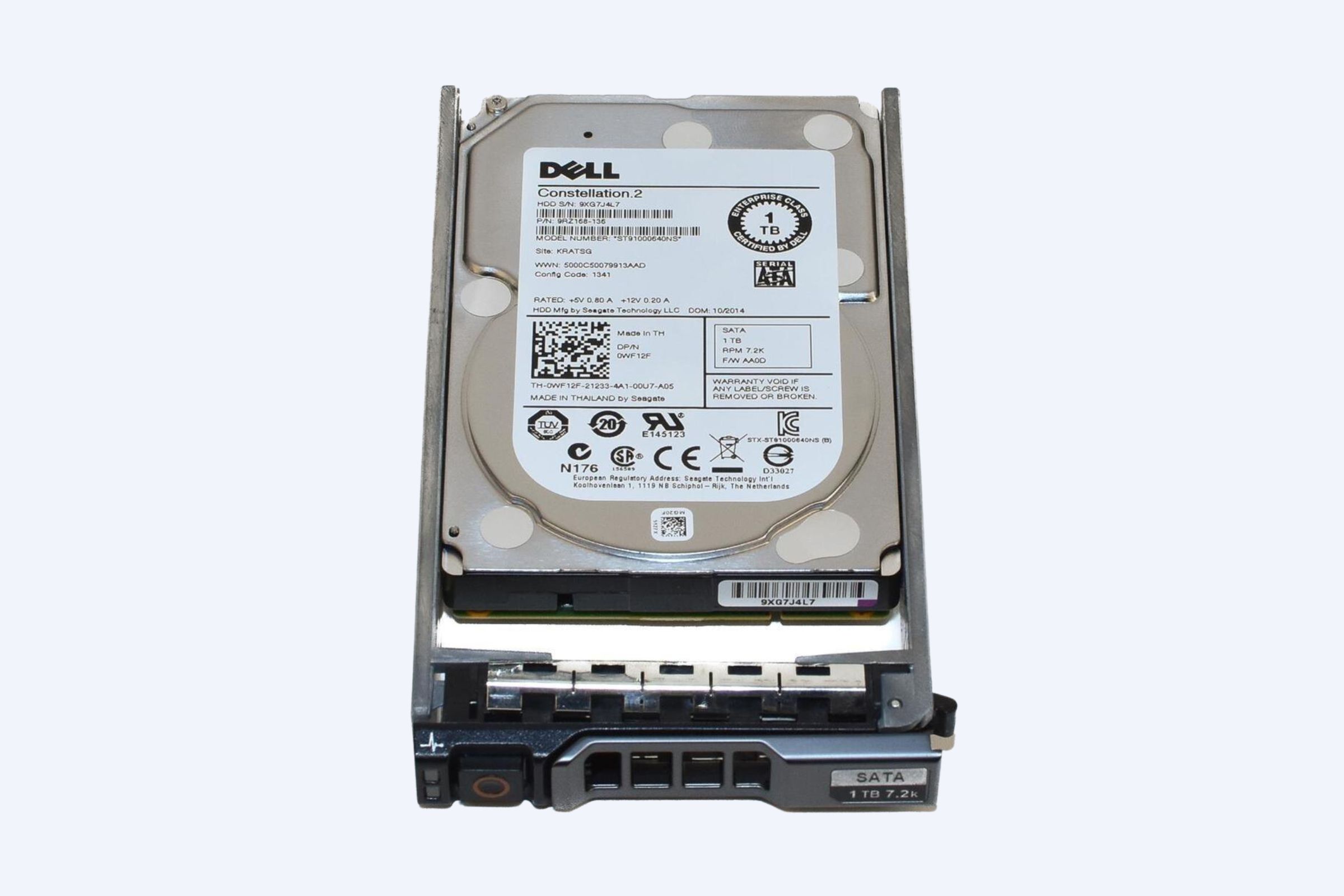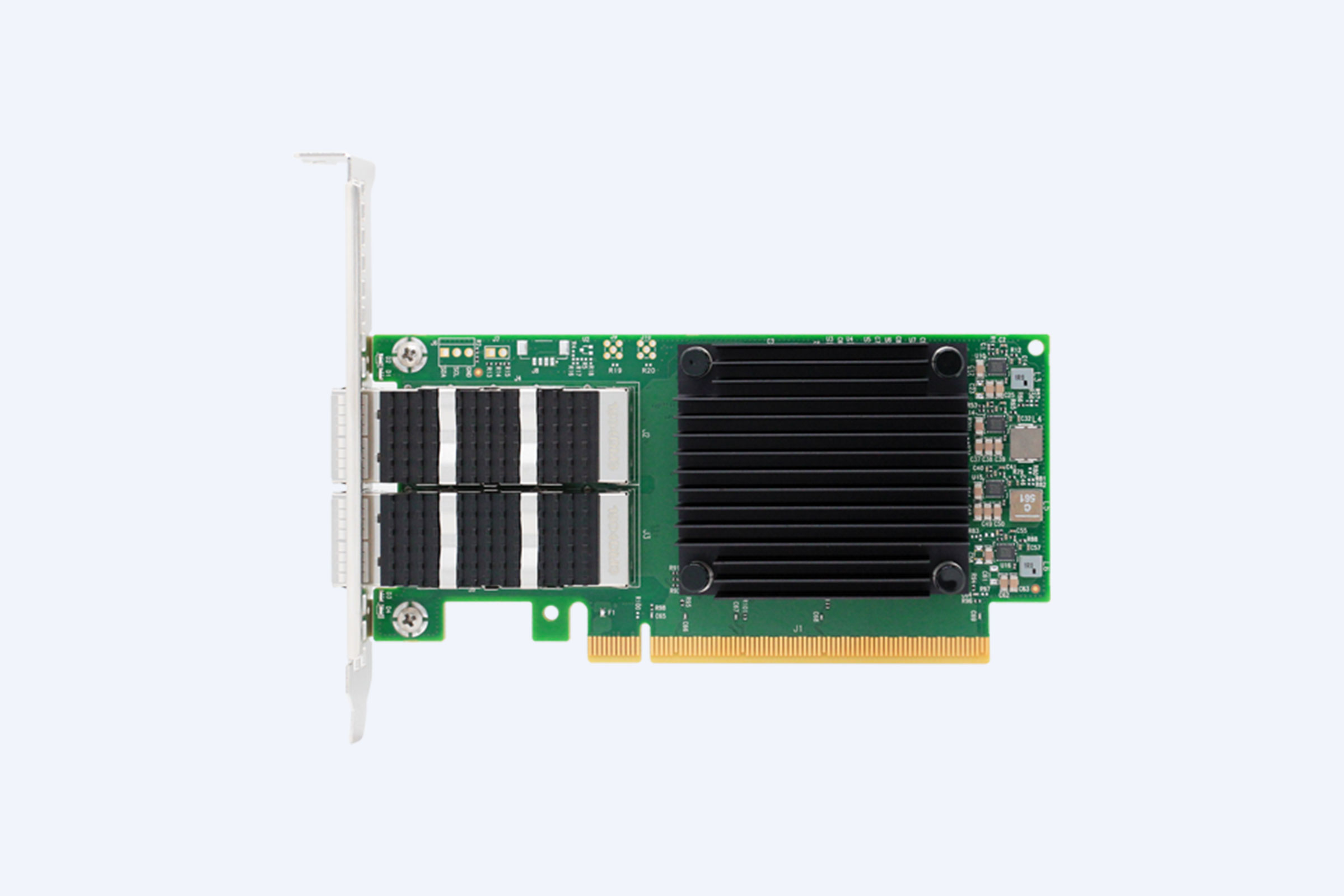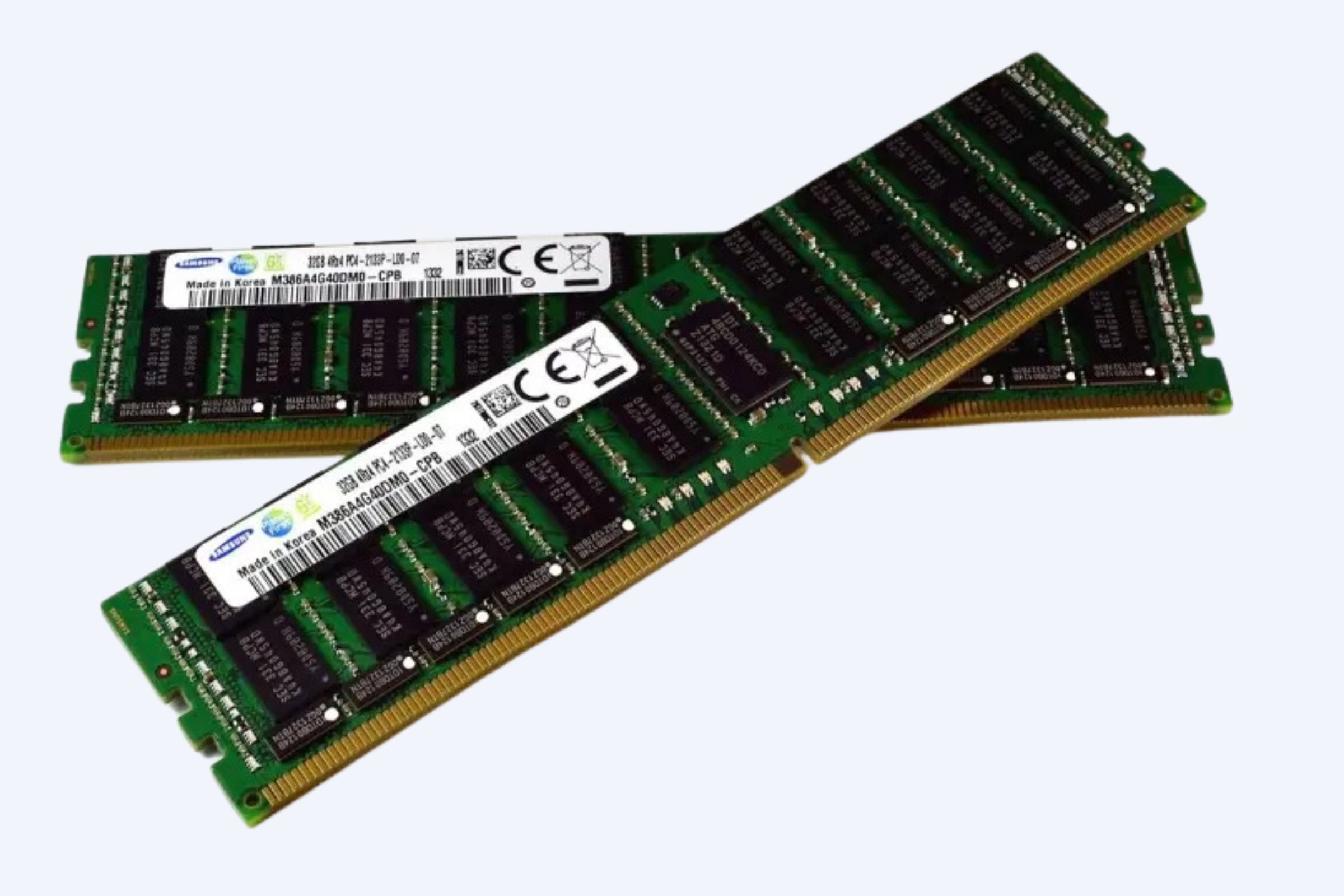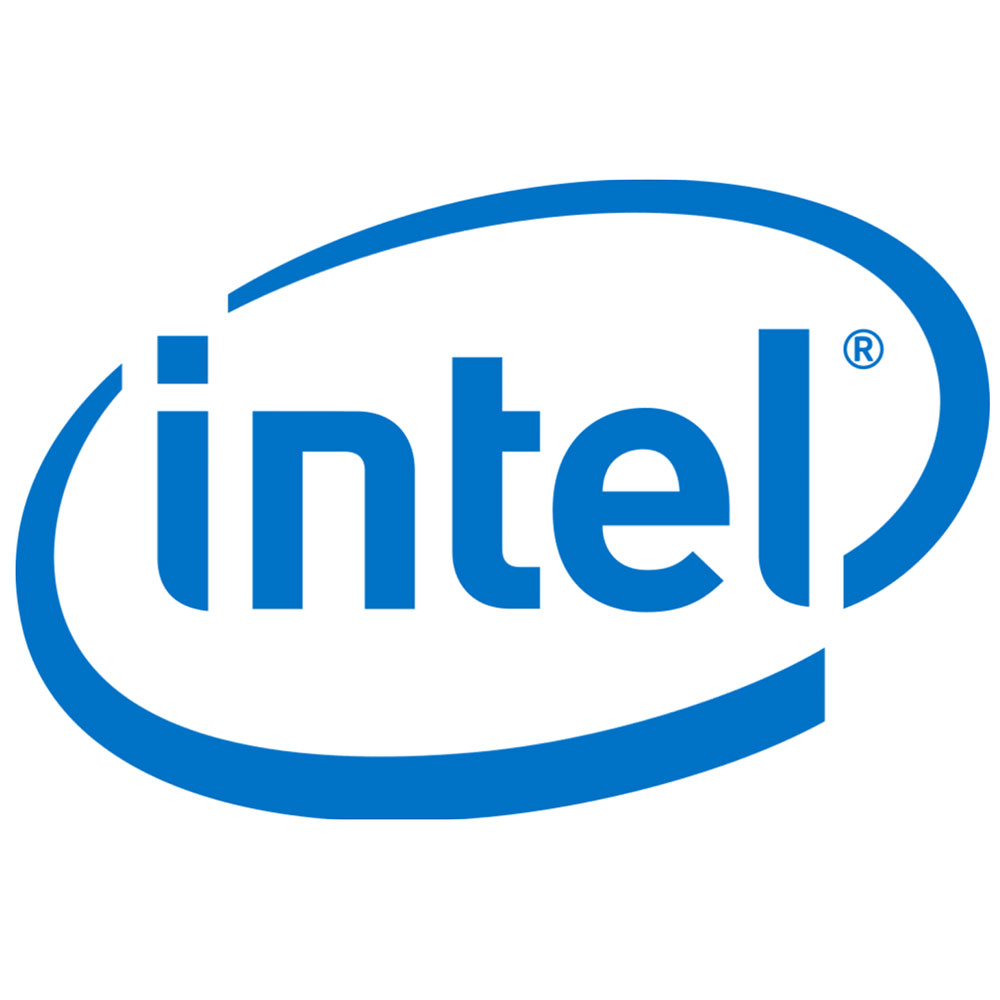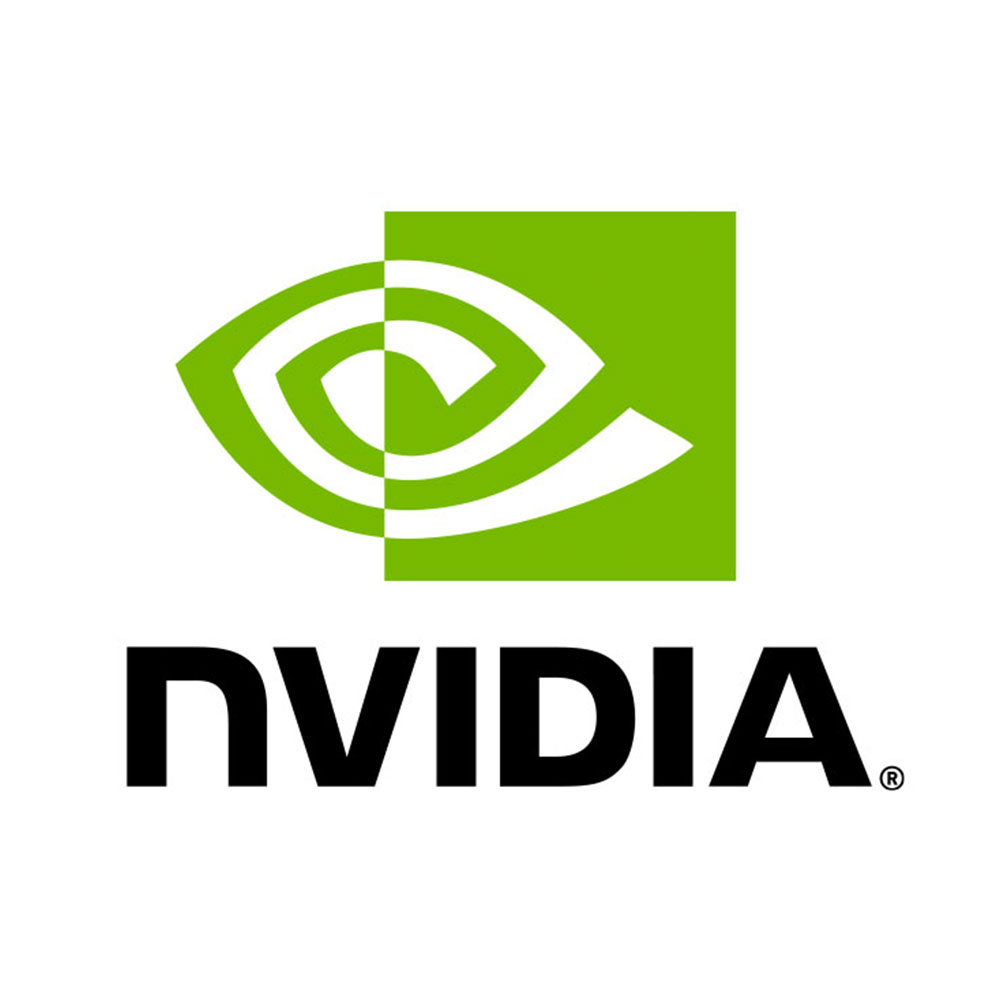Dell PowerEdge servers follow a clear naming structure that helps users identify their generation, form factor, processor type, and performance tier. Understanding this structure makes model selection faster and ensures compatibility with enterprise workloads. Businesses working with suppliers like WECENT can confidently choose models that match their infrastructure needs, ensuring strong performance, scalability, and long-term reliability.
How Are Dell PowerEdge Servers Categorized by Generation?
Dell uses the second digit of the model number to indicate generation. Codes range from 0 for the 10th generation up to 7 for the 17th. Each newer generation improves CPU support, memory bandwidth, power efficiency, security, and automation—important factors for modern enterprise environments that require stable and high-performing hardware.
Dell PowerEdge servers are organized by generation, which helps users quickly understand their age and capabilities. Each server’s model number has a second digit that indicates its generation—for example, a “0” represents the 10th generation, while a “7” stands for the 17th generation. Newer generations usually offer better performance, improved security, and higher efficiency, including faster processors, more memory capacity, and smarter automation features. This system makes it easier for businesses to compare servers and choose models that match their specific workload needs, whether for cloud computing, AI, or large-scale virtualization.
For companies working with WECENT, understanding this generational system is essential. WECENT provides original Dell servers and other IT hardware, helping businesses select the right generation for their enterprise applications. By choosing servers from the latest generation, organizations can ensure long-term support, stronger reliability, and enhanced performance, while also benefiting from WECENT’s expertise in deployment, maintenance, and customization of enterprise IT solutions.
What Does the Dell PowerEdge Naming Convention Reveal About Server Models?
The naming begins with a letter indicating form factor: R for rack, T for tower, and M for modular. The digits that follow describe system class, generation, socket design, and processor brand. Intel-based systems typically end in 0, while AMD-based systems end in 5. This coding allows buyers to understand a server’s role and capability at a glance.
Dell PowerEdge servers use a naming system that gives a lot of information about each model. The first letter shows the server’s form factor: “R” means rack-mounted, “T” is a tower, and “M” is modular. The numbers that follow explain several details, including the server’s generation, its class or size, the type of CPU sockets it has, and which processor brand it uses. Typically, servers with Intel processors end with a “0,” while AMD-based systems end with a “5.”
This naming system helps buyers quickly understand a server’s capabilities and purpose. For example, a model number can reveal whether it’s suited for heavy enterprise workloads, virtualization, or storage-intensive tasks. Companies working with WECENT can use this system to select the right Dell PowerEdge model for their IT infrastructure, ensuring they get the performance and features required while avoiding unnecessary overcapacity or underpowered systems.
Which Dell PowerEdge Server Types Are Available and What Are Their Use Cases?
PowerEdge servers are available as rack, tower, and modular systems. Rack servers serve high-density data centers. Tower servers support offices with minimal infrastructure. Modular systems provide scalable compute for virtualization, AI, and cloud clusters. Companies such as WECENT use this diversity to design flexible solutions for industries ranging from finance to healthcare.
Why Is Dell PowerEdge’s Consistent Naming Important for IT Suppliers and Authorized Agents?
A uniform naming standard helps IT distributors and technical teams quickly determine features, compatibility, and performance levels. For authorized suppliers like WECENT, it simplifies configuration, quoting, and system integration. Clear naming also supports accurate lifecycle planning and fast troubleshooting in enterprise environments.
How Has the Dell PowerEdge Server Naming Evolved Over Time?
Earlier PowerEdge generations used simpler numeric codes. From the 10th generation forward, Dell introduced structured alphanumeric naming to make model identification easier. The more recent four-digit system offers granular detail, enabling IT managers and suppliers to distinguish subtle variations in features, CPU architecture, and deployment roles.
What Is the Role of WECENT as a Dell PowerEdge IT Equipment Supplier and Authorized Agent?
WECENT provides original Dell PowerEdge servers while leveraging extensive product knowledge to support customized deployments. Their services include consultation, configuration, installation, and technical support. By understanding naming conventions and model differences, WECENT ensures clients receive servers optimized for performance, cost efficiency, and long-term scalability.
How Can Enterprises Choose the Right Dell PowerEdge Server Model for Their Needs?
Selection depends on workload type, expansion potential, preferred processors, and form factor. Rack servers deliver maximum density; tower servers suit branch locations; modular units scale with growing applications. Understanding model codes helps match hardware exactly to enterprise requirements such as virtualization, AI training, database hosting, or cloud environments.
Which Dell PowerEdge Generations Are Currently Popular for Enterprise Use?
The 14th to 17th generations are widely deployed due to support for the latest Intel and AMD CPUs, DDR4/DDR5 memory, stronger security, and advanced management tools. These generations deliver the reliability needed for hybrid cloud, big data analytics, virtualization clusters, and GPU-accelerated workloads.
How Do Dell PowerEdge Models Reflect CPU Brand Choices and Configurations?
Model numbers ending in 0 indicate Intel processors, while those ending in 5 identify AMD models. Some digits also signify single- or dual-socket design. This transparency allows distributors, wholesalers, and integration specialists—including WECENT—to tailor systems precisely to client performance goals and software ecosystem requirements.
What Are the Common Dell PowerEdge Model Series Within Each Generation?
| Generation | Rack Series Examples | Tower Series Examples | Modular Series Examples |
|---|---|---|---|
| 14th Gen | R640, R740, R940 | T330, T430 | MX740c, M640 |
| 15th Gen | R650, R750 | T350, T550 | MX750c, M830 |
| 16th Gen | R660, R760 | T360, T560 | MX760c, M840c |
| 17th Gen | R470, R670 | T360 | M7725 |
This reference helps buyers compare generations and model categories to choose systems aligned with their operating environments.
WECENT Expert Views
“At WECENT, we view PowerEdge naming conventions as essential for accurate system design and long-term planning. Clear model identifiers allow us to match workloads with the right performance tier, generation, and processor type. This ensures enterprises eliminate bottlenecks, maintain high uptime, and deploy hardware that supports future expansion without unnecessary cost.”
What Advantages Does WECENT Bring in Delivering Dell PowerEdge Server Solutions?
WECENT combines access to authentic hardware with professional engineering support, competitive pricing, and OEM customization options. Their full-service approach—from system architecture to maintenance—ensures enterprises obtain infrastructure that boosts performance, operational stability, and scalability across mission-critical environments.
How Do Dell PowerEdge Naming Conventions Reflect Management Features?
Some digits point indirectly to remote management capabilities such as enhanced iDRAC levels. Higher feature tiers allow improved monitoring, automated updates, and remote operations. This supports enterprises looking to reduce on-site maintenance and enhance data center efficiency, especially across distributed or multi-location environments.
FAQs
What does the “R” in Dell PowerEdge model names indicate?
It denotes a rack-mounted server designed for high-density installations.
How do I determine the generation of a PowerEdge server?
Check the second digit of the model number. It corresponds directly to the server’s generation.
Does Dell PowerEdge support both Intel and AMD processors?
Yes. A model ending in 0 uses Intel processors, while 5 signifies AMD.
What are modular PowerEdge servers best suited for?
They excel in virtualization, cloud scaling, and AI-ready compute clusters due to their flexible design.
How does WECENT support PowerEdge buyers?
They provide guidance, configuration, supply, and technical services to ensure optimal server deployment.



